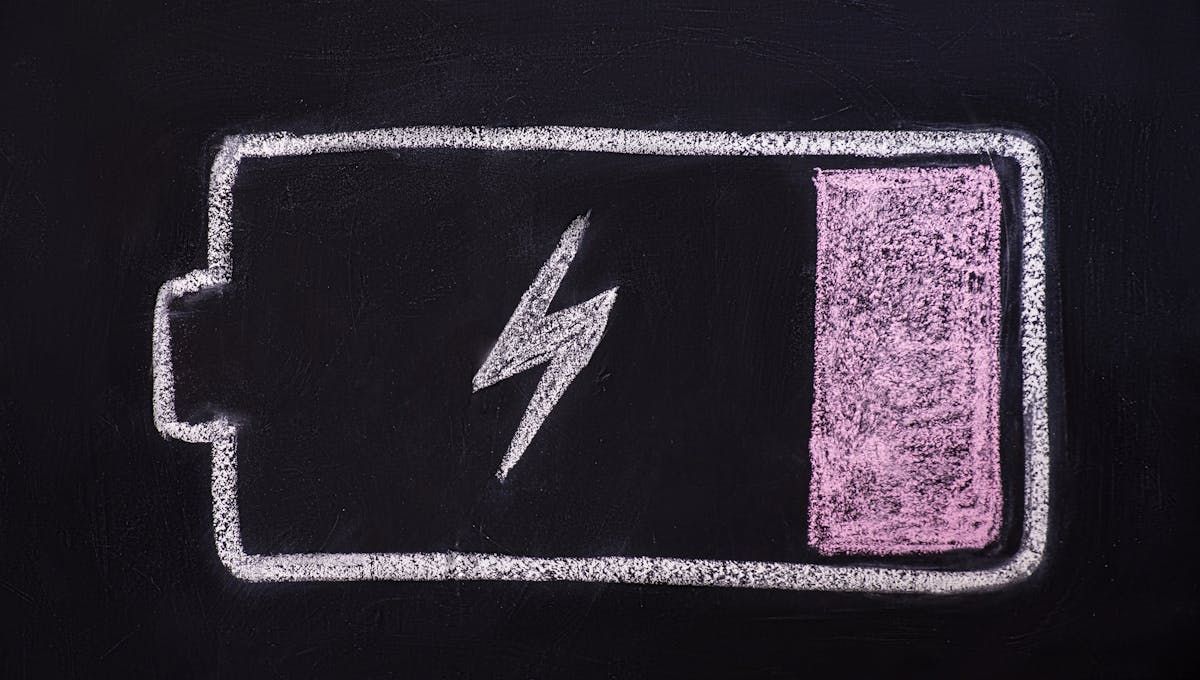What Are Electric Car Batteries Made Of?
We’re told that electric cars are ‘simpler’ than petrol or diesel cars - yet they are still much more expensive.
In this article, we take a look at one of the EV’s most complex (and expensive) components. We’ll explain what EV batteries are made of, how they’re made, and what happens to them when they’re no longer fit for purpose.

What is an electric car battery made of?
Don’t worry, this isn’t going to be anything like a high school chemistry lesson. However, it’s important to note that there are different electric car battery types which use a variety of metals with different benefits and drawbacks.
The two main types of EV battery are lithium-ion (Li-on), which is used by the majority of EV manufacturers (Mercedes, Jaguar, e.t.c.), and nickel-metal hydride (NiMH), which is used by Toyota.
NiMH
NiMH batteries are cheaper than Li-on batteries and are able to withstand colder climates.
They have typically been prone to a ‘memory effect’ when charged before they fully lose their energy stores. This means they’ll ‘remember’ they were charged after a shorter period, so they’ll operate for a shorter time between charges than they would have before.
Li-on
Lithium-ion batteries have a lot in common with the batteries in your mobile. Most modern smartphones use lithium-ion batteries for quick charge cycling. EVs use these on a larger scale.
The most popular, and most energy dense lithium-ion battery chemistry is called Lithium-Nickel-Manganese-Cobalt-Oxide, abbreviated to NMC. Increasingly, manufacturers like Tesla are turning to alternative chemistries, like the less energy dense, but cheaper, Lithium-iron-phosphate (LFP).
Because of their increased energy density over NiMH, Lithium-ion batteries are being produced at a record rate to meet the demand for new electric cars.
According to figures from the Argonne National Laboratory, a single EV lithium-ion battery pack (known as NMC532) could contain around 8 kg of lithium, 35 kg of nickel, 20 kg of manganese, and 14 kg of cobalt.
Unfortunately, cobalt and nickel are expensive and environmentally damaging to obtain, which makes reducing the amount of metals that need to be mined a key challenge for EV battery researchers.
How are the batteries made?
Electric vehicle batteries can be broken down into three levels: cells, modules, and packs. A BMW i3 has 96 battery cells. In this case, 12 cells are combined into a single module, and 8 modules make a single battery pack.
The battery cell is a basic lithium ion battery that is able to exert electric energy by charging and discharging. Battery cells come in cylindrical, prismatic and pouch varieties, though all have the same basic function (you can learn more about this in our post on how electric car batteries work)
Battery cells are then combined in a frame (module) which protects the cells from external shocks, heat or vibration. The battery pack is the final shape of the battery system installed into the electric vehicle. EV battery packs are typically welded and glued together, which makes them hard to take apart at the end of their life cycle.
What happens when the battery is dead?
When an electric car battery comes to the end of its life, it may no longer be the ‘green’ alternative to petrol or diesel that it once was.
In fact, if it ends up in landfill, an EV battery can release damaging toxins and heavy metals. This might have you wondering, are EVs actually better for the environment?
Current estimates put the average lifespan of an EV battery at somewhere between 10 and 20 years, or between 200,000-400,000 miles, before it needs to be replaced.
While that’s more than enough for the average user, it’s likely that electric car batteries of the future will be able to go even further. Tesla has already announced its ‘million-mile battery’, and the next big innovation in EV batteries, the ‘solid-state battery’, could reduce lifetime battery degradation significantly.
Until then, thankfully, there are other ways to utilise old EV batteries that are no longer suitable for use in a car.

Can electric car batteries be repurposed?
The Nissan Leaf first came to market in 2010. Several months later, Nissan partnered with Sumitomo Corp to set up 4R Energy Corp. Its mission: to develop a way to refabricate, recycle, resell and reuse the batteries in EVs. Rather than selling EV batteries for scrap value, they would be used to power other things.
Over a decade later, some of the original Nissan Leaf batteries are now at their end of their useful life. Batteries are graded ‘A’, ‘B’ or ‘C’ depending on their condition and usefulness.
‘A’ grade batteries may be reused for a new high performance EV battery. ‘B’ grade batteries may be used to power factory machinery, such as forklifts, or as a sustainable energy storage solution in homes or commercial facilities that use solar energy. Even ‘C’ grade batteries may be put to use, typically as back-up energy supplies in shops that need a 24hr supply.
According to 4R, this can extend the useful life of an EV battery by up to 15 years.
It won’t be long before such ‘circular’ energy solutions hit the mass-market, either. In 2019, Nissan teased the Nissan Energy 'Roam' battery pack, which uses lithium-ion battery cells from first-gen Leaf cars capable of storing up to 700Wh of electricity.
It might not be enough to power an electric vehicle, but when used to store power from a 400W solar panel a ‘Roam’ battery will easily be able to provide a week’s worth of power for a camper trailer.
Nissan isn’t the only one in the repurposing game. Audi is using old EV batteries to replace forklift batteries at their Ingolstadt factory, while Volkswagen plans to create portable EV recharging stations capable of charging up to four vehicles at a time, offering a potential solution to awkward electric car breakdown.
In Sweden, old Volvo bus batteries are being used to balance the energy demands of Riksbyggen’s Viva housing cooperative in Gothenburg.
Can electric car batteries be recycled?
Yes! Renault is already recycling electric car batteries in collaboration with waste management company Veolia and international chemical company Solvay.
Other manufacturers are starting to follow suit with their own car battery recycling schemes, as it’s not only better for the environment, but it reduces the reliance on raw materials that can usually only be obtained from outside of Europe.
In any case, it is still less expensive, in most instances, to mine metals than to recycle them from EV batteries. Recycling a battery is a hazardous business - mishandle a Tesla cell and it can short-circuit, combust and release toxic fumes.
But with an estimated 145 million EVs set to be on our roads by 2030, battery disposal and recycling is a growing issue - so what’s being done?
Slowly, Governments are moving towards mandating some level of recycling. In 2018, the Chinese government introduced new rules to promote the reuse of EV battery components. The EU commission has proposed a quota for recycling 25% of Li-on batteries by 2025, rising to 70% by 2030.
It’s a promising start, but there’s obstacles ahead. One of the most lucrative resources for recyclers to recover is Cobalt. Yet car manufacturers like Tesla have already stated their desire to move away from this expensive element.
The shift away from Cobalt is driven in part by the devastating environmental impacts of cobalt mining, the humanitarian consequences in countries like the DRC, and the lower cost of alternative battery chemistries like Lithium Iron Phosphate (LFP). But without resources like Cobalt, there may be less incentives to recycle in the near future.
In any case, regardless of whether EV batteries are repurposed or recycled, most experts agree: it makes neither economic nor environmental sense for EV batteries to be dumped in landfill.
Conclusion
Despite the much-vaunted environmental benefits of electric cars, the EV revolution is not without problems. The process of mining materials for EV batteries is often dangerous and polluting in itself, yet it remains cheaper in most instances than recycling used EV batteries.
Nevertheless, manufacturers are increasingly coming up with creative ways to repurpose old batteries, which could help balance the grid and ensure an uninterrupted supply of energy in our homes.
If your battery is coming to the end of it's life, you can read about how much you can expect to pay for an electric car battery replacement.
For more informative posts on how electric cars work, be sure to check out the rest of our comprehensive guide to EVs. Or, if you’re wondering whether you should buy an electric car now or wait, be sure to check out our electric car pros and cons.


